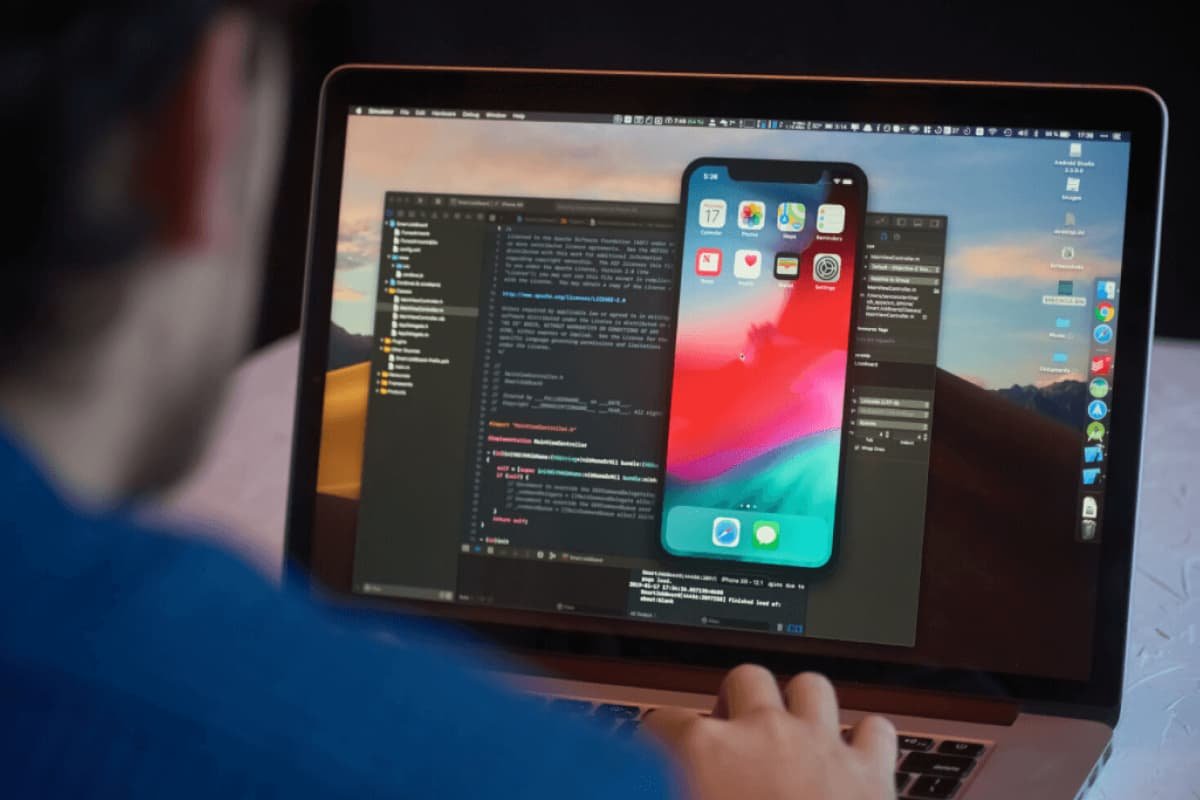Cross-Platform Development with React Native: A Deep Dive
React Native has gained immense popularity among developers for its ability to build native mobile applications using JavaScript. With React Native, developers can write code once and deploy it across multiple platforms, including iOS and Android. This cross-platform capability has made React Native a preferred choice for businesses looking to reach a wider audience and reduce development costs.
What is React Native?
React Native is an open-source framework developed by Facebook that allows developers to build mobile applications using JavaScript and React. It uses the same design principles as React, which is a popular JavaScript library for building user interfaces.
React Native allows developers to write code in JavaScript and then render it as native components for both iOS and Android platforms. This eliminates the need for separate codebases for each platform, making development faster and more efficient.
Advantages of Cross-Platform Development with React Native
1. Code Reusability: With React Native, developers can write code once and reuse it across multiple platforms. This saves time and effort, as there is no need to write separate code for iOS and Android.
2. Faster Development: React Native allows developers to hot-reload the code, which means any changes made to the code are immediately reflected in the application. This significantly speeds up the development process, allowing developers to iterate quickly and deliver applications faster.
3. Native Performance: React Native uses native components, which ensures that the applications have the same performance and look-and-feel as native applications. This provides a seamless user experience and eliminates any performance bottlenecks.
4. Large Community Support: React Native has a large and active community of developers who contribute to its development and provide support. This ensures that developers have access to a wide range of resources and can easily find solutions to any issues they may encounter.
Getting Started with React Native
To get started with React Native, you will need to have Node.js and npm (Node Package Manager) installed on your machine. Once you have them set up, you can use the following command to install React Native:
npm install -g react-native-cliAfter installing React Native, you can create a new project using the following command:
react-native init MyProjectThis will create a new directory called “MyProject” with the basic structure of a React Native project.
Conclusion
React Native is a powerful framework that enables developers to build cross-platform mobile applications with ease. Its code reusability, faster development process, native performance, and strong community support make it an ideal choice for businesses looking to develop mobile applications for both iOS and Android platforms.
By leveraging React Native, businesses can save time, reduce development costs, and reach a wider audience. So, if you’re considering cross-platform development, React Native is definitely worth exploring.



































